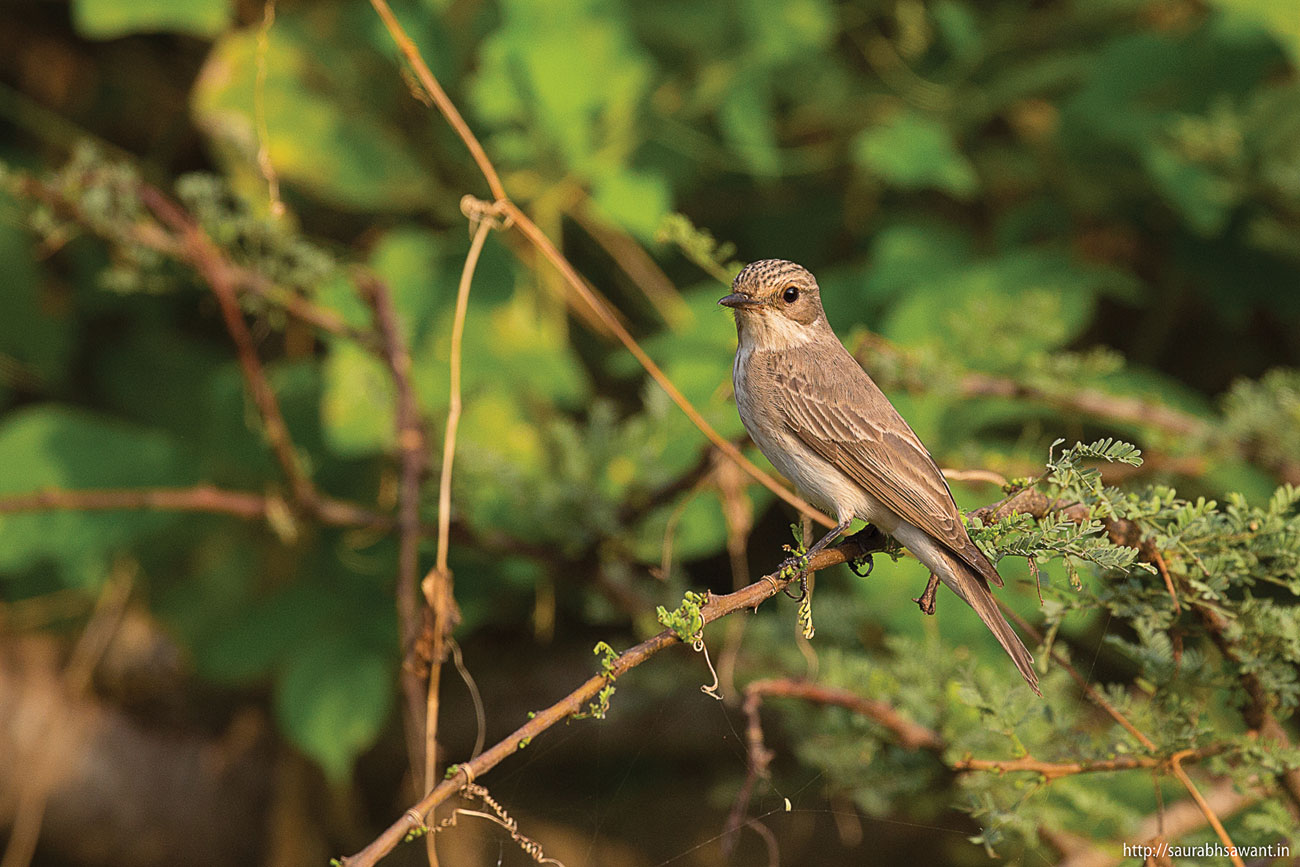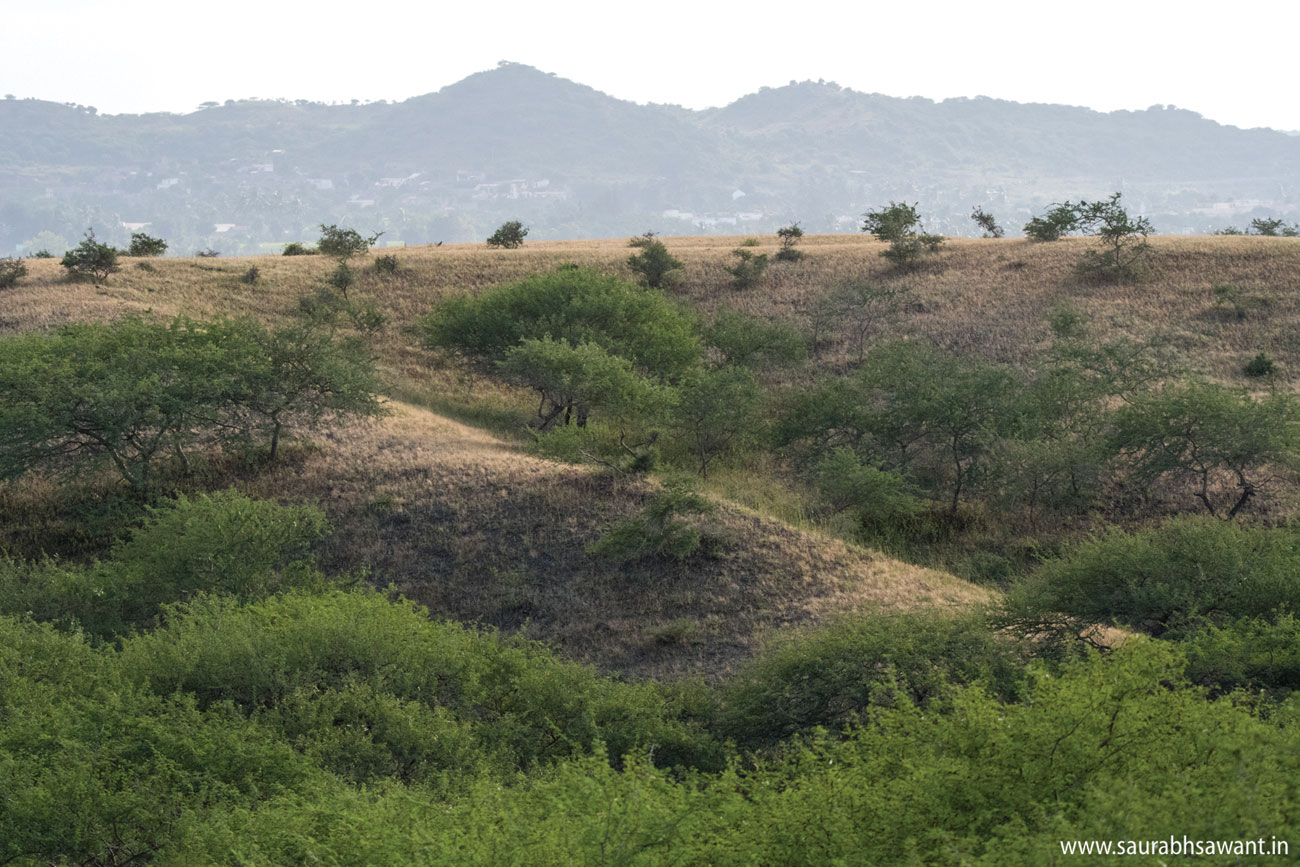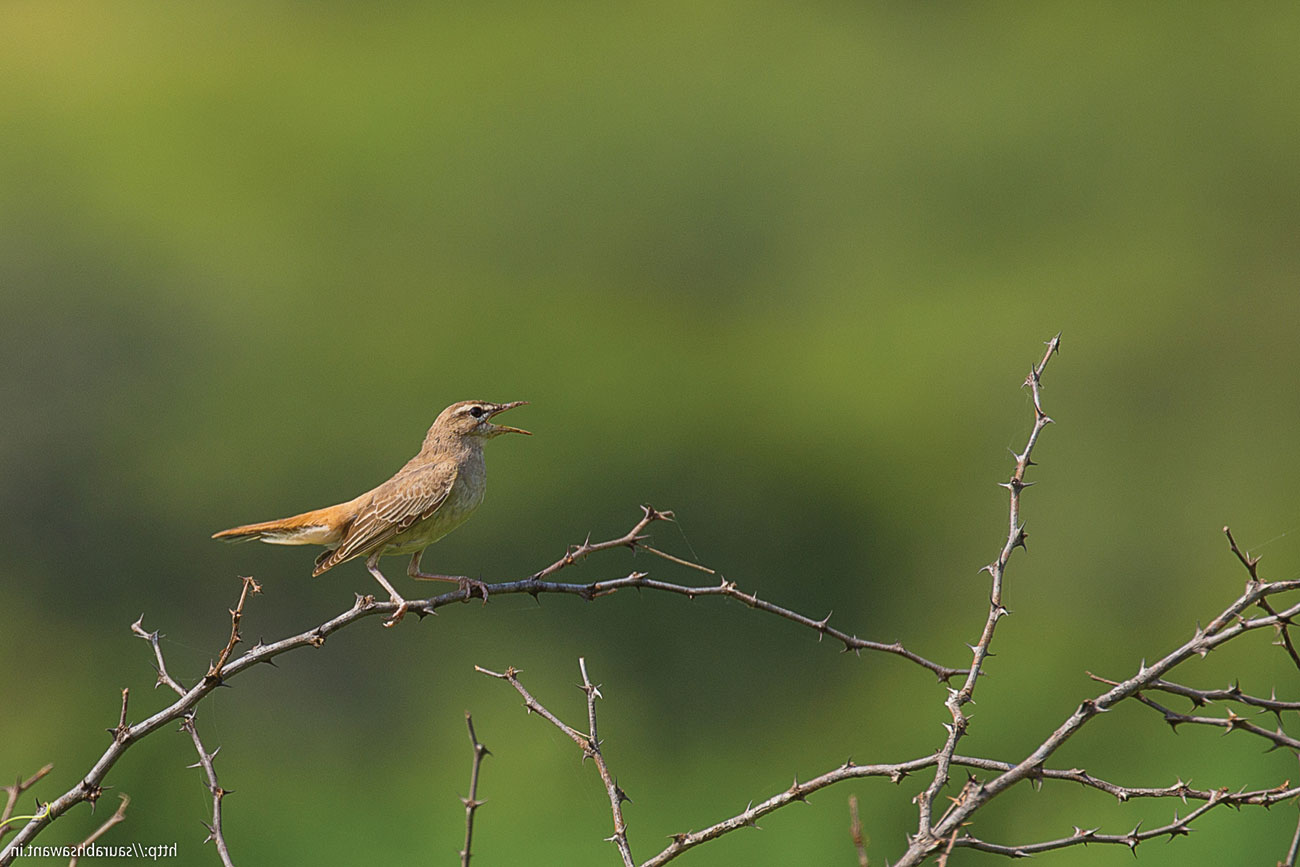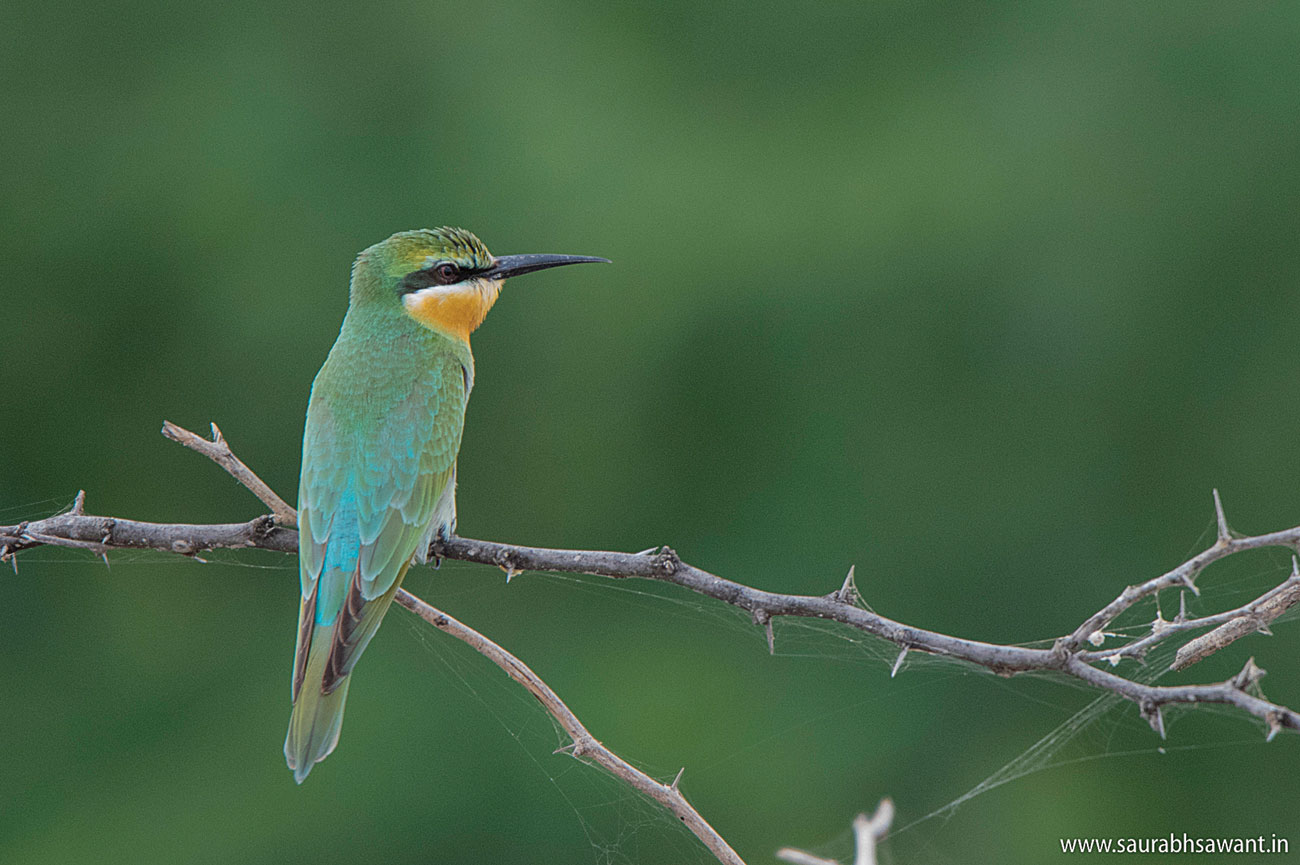The Eight Passage Deities Of Kutchh
First published in Sanctuary Asia,
Vol. 43
No. 2,
February 2023
By Ram Gopalakrishnan
We walked in single file across the scrubland. Our target was a small bird that you might pass off as an unremarkable robin anywhere else or at any other time of the year in India. But when the charismatic Rufous-tailed Scrub Robin Cercotrichas galactotes puffed its wings, cocked its long rufous tail and allowed us to approach incredibly close, cellphone cameras were almost as useful as bazooka lenses! A round of exultant high-fives followed.
Kutchh, located at the westernmost tip of India’s westernmost state Gujarat, falls on the migratory route of several avian species flying from their breeding grounds in the tundra in central Asia and eastern Europe, to their wintering grounds in east and south Africa. The diversity of habitats of Kutchh – the Greater and Lesser Rann of Kutchh and Banni Grasslands, attract these passage migrants that travel over the Central Asian flyway and Asia-Africa flyway. Among them are eight species that draw hordes of birders – European Roller, Red-backed and Red-tailed Shrike, Spotted Flycatcher, Rufous-tailed Scrub Robin, Greater Whitethroat, Common Cuckoo and Blue-cheeked Bee-eater. You could call them the eight passage deities of Kutchh… you can get their blessings only for a short period between mid-August and mid-October, when they make a pit stop on their annual migratory passage through Kutchh.

The author noted that the Spotted Flycatcher was the third most observed species during the Passage Migrant Count of 2022. Photo: Saurabh Sawant.
To reach Kutchh, you need to get to Bhuj by train or air and head west and northwest towards the Greater Rann and the Banni Grasslands in these months to seek their darshan (holy glimpse). Mandar Khadilkar of the tour company Nature India, and our Kutchh specialist birding guides Vikramsinh Sodha and Karthik Patel were (figuratively) the ‘priests’ who were to do the rituals.
Apart from the eight passage deities, our group of eight was also looking forward to receiving blessings from other migrants and residents such as the Eurasian Nightjar Caprimulgus europaeus and the Marbled Teal Marmaronetta angustirostris.

The Banni grassland was formed from the sediments that were deposited by the Indus and other rivers over thousands of years. Photo: Saurabh Sawant.
A Birding Haven
The long, bright tail of the Red-tailed Shrike Lanius phoenicuroides shone like a beacon, distinctly different from the Red-backed Shrike; of course, you would also have to differentiate them from their resident Bay-backed and Long-tailed cousins. It was no surprise that the primary findings of the Passage Migrant Count (PMC) 2022, the first attempt ever in India to count passage migrant birds, revealed that among the transiting birds, the population of European Rollers Coracias garrulus is the highest. With their pale head and maroon back, these birds were everywhere, completely supplanting the Indian Roller. The Blue-cheeked Bee-eater Merops superciliosus, the second highest species counted in PMC 2022, is easily distinguished from the smaller green ones but the Greater Whitethroat Sylvia communis has to be carefully sorted out from the Lesser Whitethroat Sylvia curruca. It helped that the only flycatcher in this habitat at that time of the year was the Spotted Flycatcher Muscicapa striata – the third most-observed species during PMC 2022.

The Rufous-tailed Scrub Robin Cercotrichas galactotes, along with seven other species, pass through Kutcch for a short period between mid-August and mid-October while migrating to their wintering grounds in Africa. Photo: Saurabh Sawant.
After sunset, we checked out the nightlife with the fond hope of paying obeisance to the last remaining passage deity on our list: the Eurasian Nightjar. Instead, we got a lovely Sykes’ Nightjar, a winter migrant to Northwest India that had arrived unusually early, and the common Savannah Nightjar. Just as we disappointedly put away our torches and cameras for the long drive home, a movement on the telephone wire adjacent to the road revealed the distinctive Eurasian Nightjar with its white wing markings! A second sighting of the same bird down the road was even more relaxed as it allowed us detailed photographs. A sighting of the Indian Nightjar rounded off the nightjar clan; Vikramsinh said it was the first time in 11 years of birding in this habitat that he had seen four nightjar species in one night!
The residents and early winter migrants were pleasing fillers between the main deities. Can there be a prettier sight than a cavorting Painted Sandgrouse couple, oblivious to the cars nearby? The answer would be a resounding yes if you’re looking at four endangered White-naped Tits in a single frame, or a pair of White-bellied Minivets, with the male’s orange breast glistening in the sunlight. Striolated and Grey-necked Buntings, not easy to find elsewhere, kept,us engaged constantly. The streaked tail of the White-tailed Iora (formerly Marshall’s Iora) distinguished it from its common cousin. Warblers are generally not easy to distinguish from each other, but not the lovely Orphean Warbler with its black head contrasting with its pale throat. A Eurasian Wryneck managed a nearly 180-degree turn towards us once we spotted it through its near-perfect camouflage.

Blue-cheeked Bee-eaeters may not always show the blue on their cheek but their turquoise-and-white supercilium can help identify them from the closely matched Blue-tailed Bee-eaters. Photo: Saurabh Sawant.
All is, however, not hunky dory in this part of the world, as most of Kutchh is outside the formal Protected Area network. ‘Development’ in the form of agriculture, irrigation and other anthropogenic disturbances to the habitat results in shrinking natural spaces for these wonderful avian species to take a pit stop on their migratory journey.
We felt truly blessed and thankful after our darshan. So, if you’re bored in the summer or monsoon months and bemoaning the absence of the usual winter migrants to your shores, you know where to go for a truly heavenly experience!





